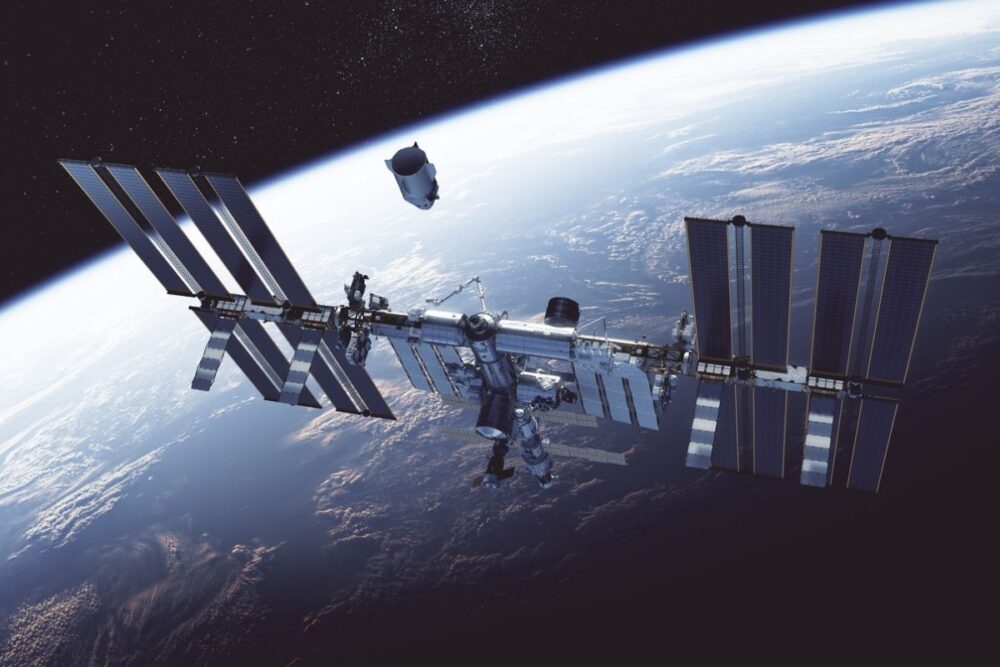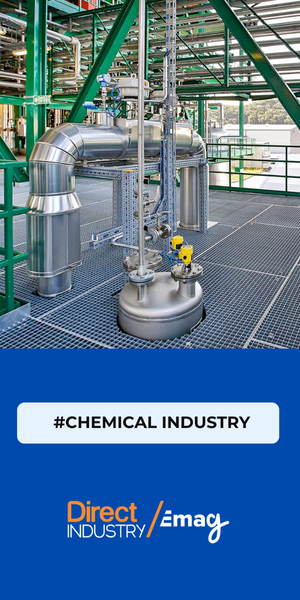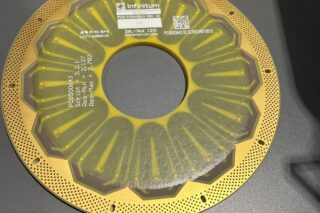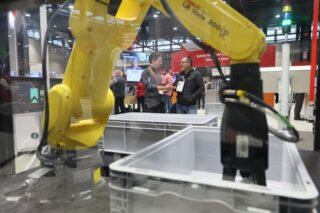With NASA planning to decommission the International Space Station around 2030, a new generation of commercial and hybrid orbital platforms is in the making. At the Paris Air Show, key players VAST, The Exploration Company (Nyx), Alatyr, and Andromach showcased their solutions, from compact capsules to full-fledged orbital habitats.
After more than two decades of continuous service in space, the International Space Station is nearing the end of its operational life. NASA and its international partners have announced that the ISS will be deorbited by 2030, opening up a significant gap in access to low Earth orbit (LEO) infrastructure. With scientific research, in-orbit manufacturing, and commercial missions increasingly dependent on microgravity platforms, the pressure is on to build the next generation of orbital outposts.
Rather than a single successor, what is emerging is a diverse ecosystem of commercial space stations and orbital vehicles. Each target specific niches, from human habitation and science to rapid testing, cargo return, and in-space assembly. Governments, space agencies, and private investors are closely watching these developments as they seek reliable, sovereign, and cost-effective platforms for the post-ISS era.
At the 2025 Paris Air Show, several ambitious startups presented their visions for the future of orbital platforms. Here are four key players to watch in the coming space station race:
1/ VAST – Haven‑1 & Haven‑2: The First Commercial Space Station
California-based VAST is on target to launch Haven‑1, a cylindrical orbital module for up to four crew, via a SpaceX Falcon 9 in 2025. It’s designed as a proof-of-concept “revenue-generating space station” and stepping stone toward NASA’s Commercial LEO Destination (CLD) program.
Their next milestone, Haven‑2, is a modular expansion set to launch by 2028 pending CLD backing, offering increased volume, robotic arms, a cupola, and artificial gravity potential .
Read our full report
2/ Nyx – The Exploration Company: Reusable Cargo & Crew Capsule
Franco‑German startup The Exploration Company is developing Nyx, a reusable modular spacecraft set to launch cargo—and eventually people—to LEO and beyond. Its initial mission: cargo delivery for ESA and DLR, with a future crewed variant by mid‑2030s.
Nyx supports up to 4–5 astronauts or 1,400 kg unpressurized cargo; it’s open-architecture, green-propellant, and Euro-developed. At Le Bourget, The Exploration Company emphasized European autonomy in orbital logistics.
Read our full report
3/ Alatyr – Robotic Space Station for Microgravity Research
Parisian newcomer Alatyr is aiming to fill the post‐ISS demand for microgravity labs. Their crew‑free station combines pressurized core and unpressurized logistics pods, robotic arms for container docking and autonomous R&D, as well as onboard analytics and remote-control interface.
It is expected to launch by 2028–29 via European micro‑launcher, with a 1–1.5 tonne, annually resupplied mini‑station.
Designed for biotech and life‑science experiments, Alatyr’s model includes institutional and private sector clients, underlining Europe’s sovereign R&D path.
Read our full report
4/ Andromach – Suborbital Shuttle Paving the Way to Mini Orbital Vehicles
French startup Andromach targets the nascent market for reusable, cost‐effective access to microgravity with their Envol suborbital drone—and later, their Étoile micro‑shuttle.
Envol launches on runway, uses turbojet to climb, then switches to hybrid rocket mode for ~5 minutes microgravity, before fully reusable return. Built‑in propulsion and adaptive nozzle tech (patented), with CNES-supported engine tests summer 2025. European-made components ensure ITAR-free, sovereign systems.
The next step? A full mini‑shuttle to orbit carrying 100 kg payloads and returning to Earth.
“We assemble proven tech into something that doesn’t yet exist… even the US or China don’t have a commercial equivalent,” co‑founder Hugo Verjus told DirectIndustry at Paris Air Show.





![Image [BUYING GUIDE] How to Choose the Right Industrial Robot?](/wp-content/uploads/sites/3/Industrial-Robot-320x213.jpg)

![Image [Buying Guide] How to Choose the Right Safety Shoes?](/wp-content/uploads/sites/3/Safety-Shoes-320x213.jpg)


![Image [Buying Guide] How to Choose the Right AMR?](/wp-content/uploads/sites/3/AMR-320x213.jpg)